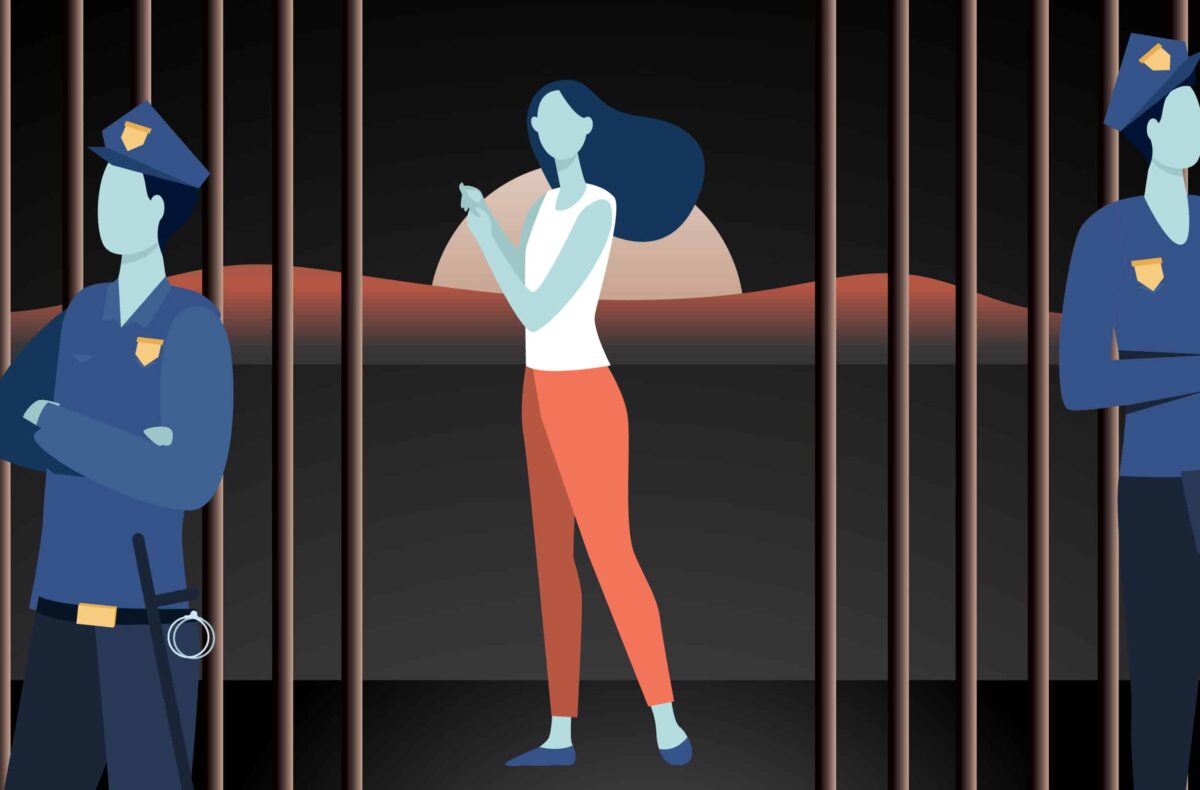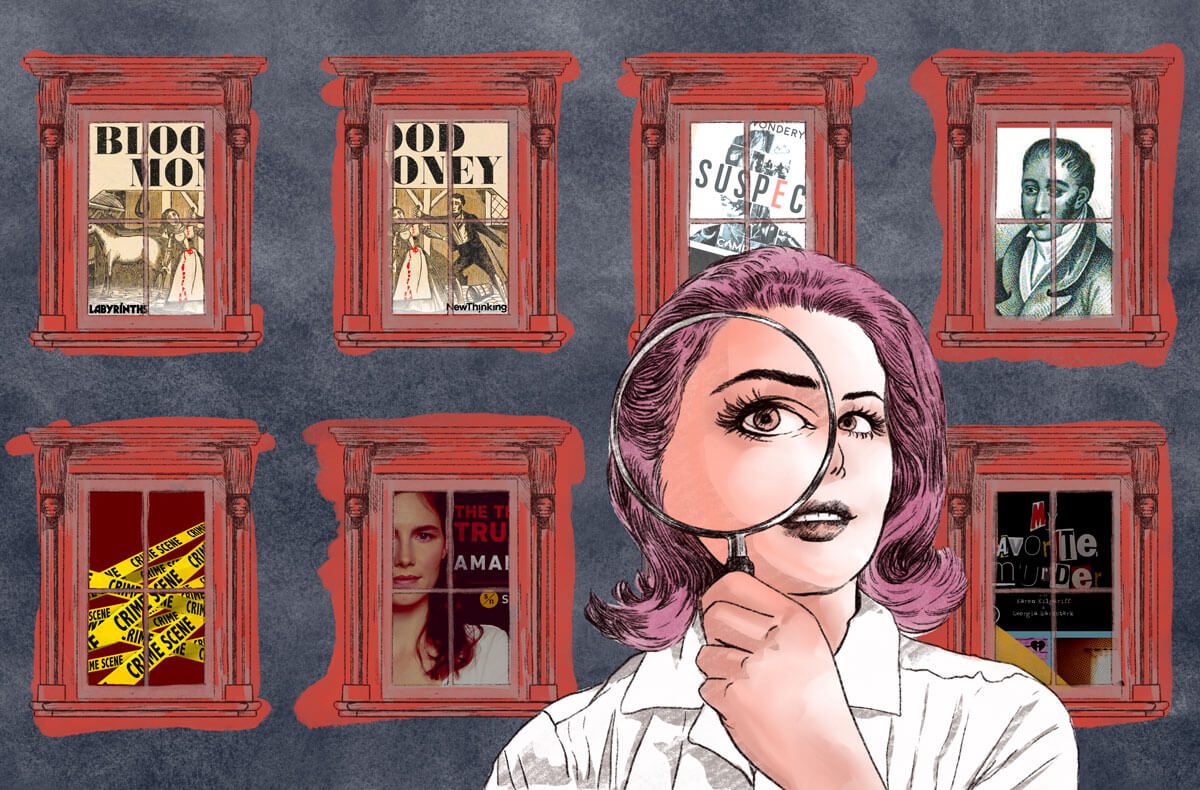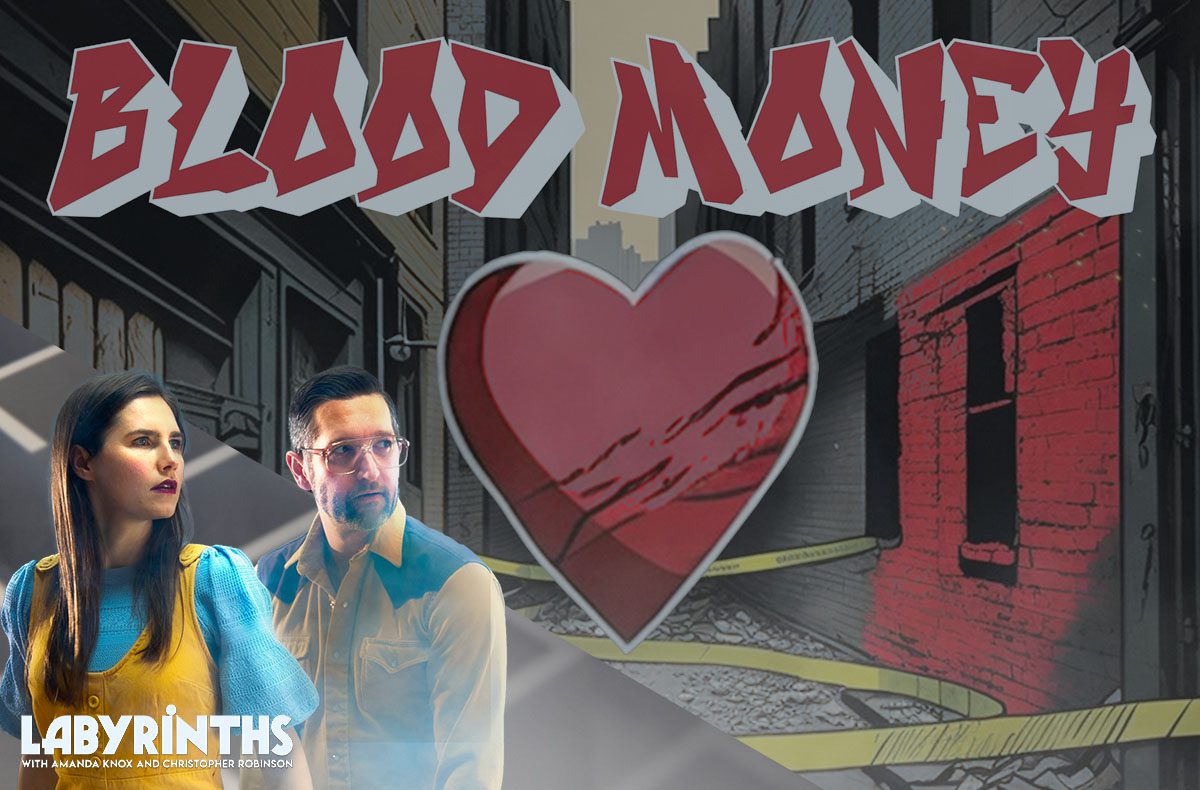
In my previous articles, I wrote first about my personal experience with how prejudice factors into supposedly neutral criminal justice systems, and how Dr. Itiel Dror has been targeted for his academic work exposing bias in forensic science. Here, I’ll conclude with the fallout of the unfair campaign against Dr. Dror waged by the National Association of Medical Examiners, and what we all could stand to learn from this incendiary debate.
***
The Editor in Chief of the Journal of Forensic Sciences wrote a preface to these twenty-two letters. In it, he states that “Three of the initial commentaries…and one of the subsequent responses to the authors’ response…called for JFS to retract the article, as did two letters received from the National Association of Medical Examiners (NAME). JFS investigated the concerns raised in these two letters, following guidance from Wiley’s Integrity in Publishing Group (IPG) and the Committee on Publication Ethics… All of the findings of investigations did not support the requests for retraction.”
Regarding the complaints of statistical error that even a “junior trainee should be reproached for,” JFS asked a well-respected biostatistician to review the article. “His/her conclusions were that the authors’ conclusions were supported by the statistical analysis.” The editor also took issue with claims that the study “represents an abject failure of the peer review process,” noting that it was subject to the same double blind process that all papers submitted to JFS go through, and that JFS rejects over 60% of the manuscripts that undergo this double-blind peer review.
In response to the National Association of Medical Examiners’ official complaints, The University College of London put Dr. Dror through two hearings, and found the complaint had no merit. The result? “They file the complaint again, at another organization, and then it’s dismissed. So they do it again, again, and again. They filed, I believe, eight complaints,” Dr. Dror told me. All of them have been dismissed.
Dr. Dror reached out to the Association, offering to discuss the subject at a conference, but his gesture was refused. It’s a shame, especially because, as Dr. Dror puts it, “It’s not an academic argument about some theoretical model of brain function. This really sends innocent people to jail.”
Dr. Dror didn’t give up in the face of that backlash from forensic pathologists. He doubled down. His latest paper, “Contextual information in medicolegal death investigation decision-making,” has just been published in Forensic Science International: Synergy.
This time, the findings are even more robust. In the new study, Dr. Dror gave two groups of medical examiners identical autopsy reports and asked them to determine whether a death was the result of suicide or homicide. But each group was given additional non-medical information: a narrative history and scene photographs.
In the “suicide context” scenario, they saw photos that suggested suicide, such as a gun under the body, and read a narrative account composed of eyewitness testimony and facts collected by police, which also suggested suicide. In the “homicide context” scenario, it was the reverse: they saw photos that suggested homicide and read a narrative account that suggested homicide.
It’s important to note that all that information—the crime scene photos, the eyewitness accounts, the personal biographical details of the dead person—is relevant to the police and detectives. It helps form the larger picture of what happened in a crime. But it is not medical information, and, according to Dr. Dror, it should have no bearing on medical findings by medical examiners. And this is not, by the way, an artificial construct that only exists in a study. This kind of contextual information is routinely available to medical examiners and forensic pathologists who are determining cause of death based on autopsy information.
In the new study, the examiners in the “suicide context” group ruled 153 cases as suicides and 25 as homicides. In the “homicide context” group, they ruled only 10 as suicides, and 181 as homicides. Again, that is with identical autopsy information.
This should terrify you. Even worse, many of the participants in this latest study changed their initial findings to align with the contextual information. How can these experts be so influenced by irrelevant factors? A big reason why is that even if they’ve put in their oft-cited 10,000 hours, that’s not all that’s required for expertise. You also need timely feedback to measure whether your judgments are accurate, and all too often, forensic examiners never learn that their judgments were faulty until decades later, when an innocent person is exonerated.
For all these forensic domains, Dr. Dror advocates a technique called linear sequential unmasking. In short, do not give forensic examiners access to potentially biasing information they do not need (i.e. a fingerprint analyst doesn’t need to know whether a suspect confessed) and when looking at the relevant information, do so in a particular order, starting with the most reliable information. Watch the surveillance video before listening to the eyewitness. The anchoring bias will affect your subsequent judgments no matter what, so start with the most objective anchor.
The solutions, Dr. Dror says, are easy, and they cost little money. The problem is ego. Nobody wants to admit they are susceptible to bias and prone to error, especially when their career depends on the halo of expertise. The good news is that nearly all the previous domains of forensic science, which also attacked Dr. Dror’s work at first, have come round to see in the light, he says, and taken measures to combat bias. “Who knows, maybe the forensic pathologists will do so in the future—we live in hope.”
But this isn’t just about forensic science. It’s a window into how all of us are susceptible to cognitive errors, how our best, most careful judgements can easily be swayed by contextual information. It’s a call for humility regarding our ability to see things clearly. That has given me solace and understanding. I believe that the people responsible for my wrongful conviction were, most of the time, genuinely trying their best, and genuinely convinced that they were following the evidence. And yet, they made a huge mistake that sent me to prison for four years, put me on trial for nearly a decade, and forever altered my life. That doesn’t make them bad people, or even idiots. It just makes them human.


